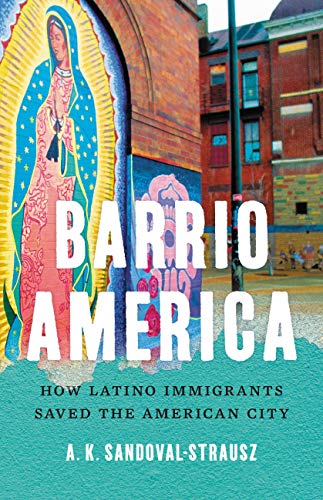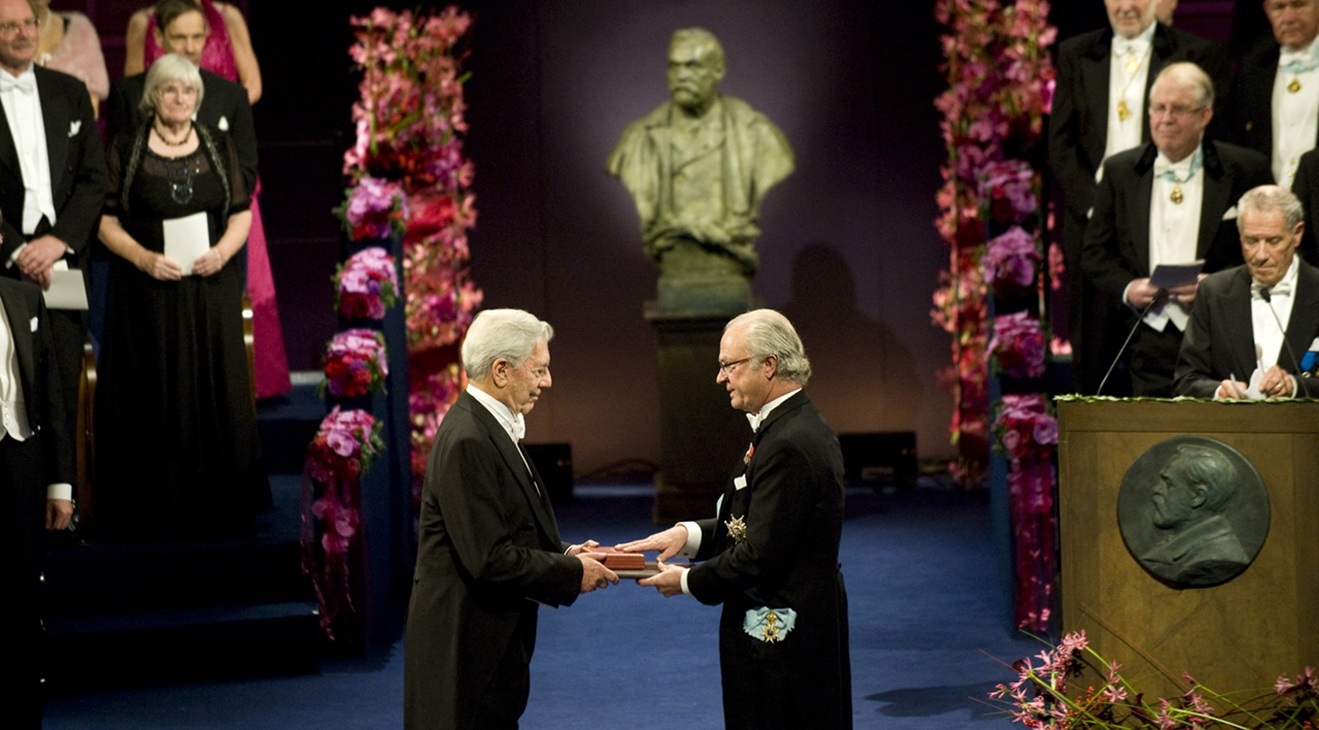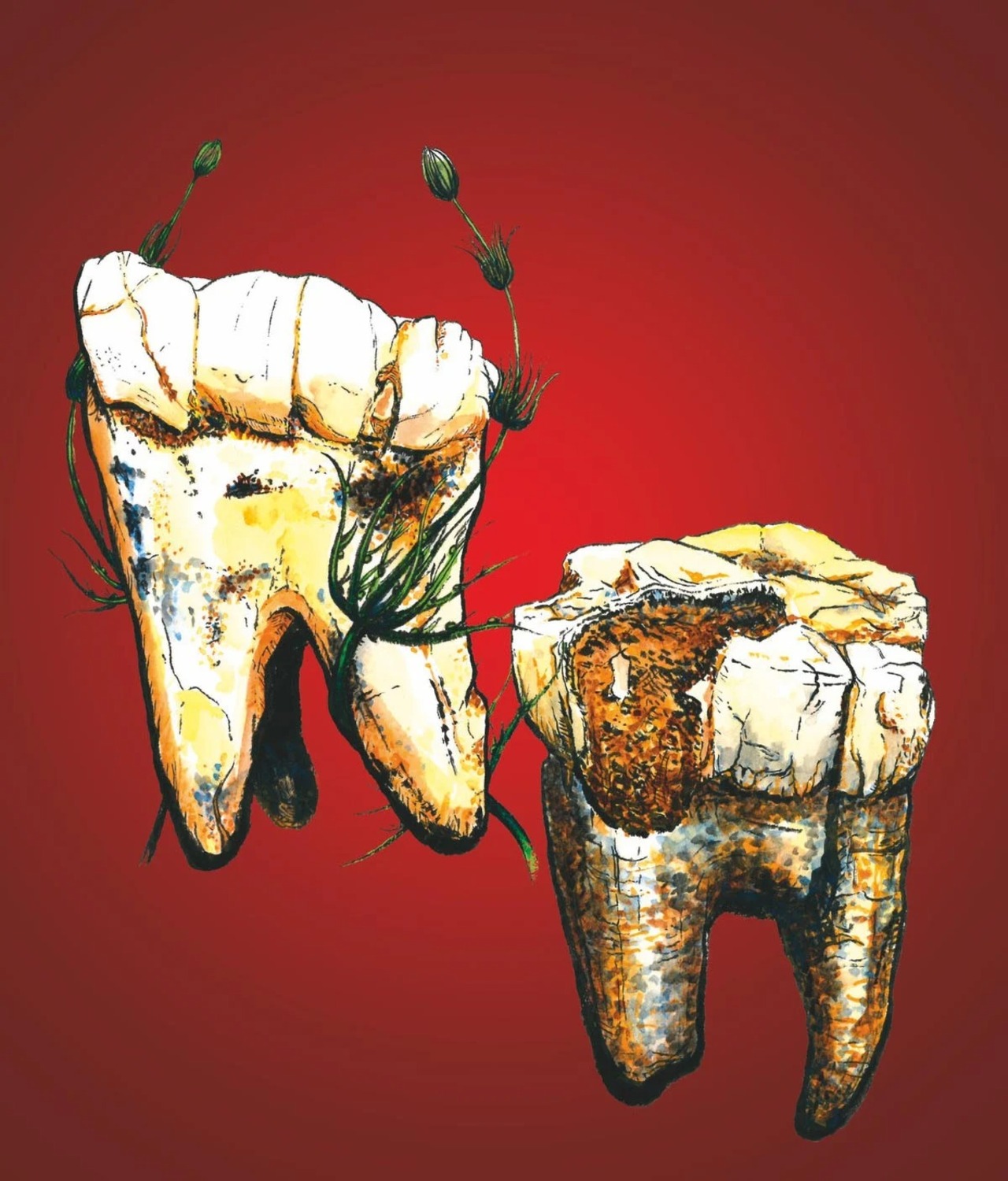
‘Barrio America’: How Latino immigrants revitalized the nation’s cities after decades of disinvestment and white flight
Historian A.K. Sandoval-Strausz uses statistics and oral histories to show how the great Latino migrations transformed America for the better.
Thirty years ago, most people were ready to give up on American cities. We are commonly told that it was a “creative class” of young professionals who revived a moribund urban America in the 1990s and 2000s. But this stunning reversal owes much more to another, far less visible group: Latino and Latina newcomers.
In ‘Barrio America’ (Basic Books, 2019), award-winning historian A. K. Sandoval-Strausz reveals this history by focusing on two barrios: Chicago’s Little Village and Dallas’s Oak Cliff. These neighborhoods lost residents and jobs for decades before Latin American immigration turned them around beginning in the 1970s. As Sandoval-Strausz shows, Latinos made cities dynamic, stable, and safe by purchasing homes, opening businesses, and reviving street life.
In order to write this book, Sandoval-Strausz, director of Latinx studies at Penn State University, used statistics and oral histories to detail how Latino migrations have had a positive impact on American cities.
For example, he tells the story of José Luis Arroyo, a young latino migrant hanging out at home in Chicago’s Little Village when a white guy knocked on his door, asking to buy his house. “This was my father’s house,” the stranger explained, adding, “I like it here. I was born in this neighborhood.” The house wasn’t for sale, but that didn’t deter the stranger. When Arroyo asks him why his father left, the stranger says, “I don’t know why my father moved out, he just did.”
Therefore, the author highlights how immigrants invested in the neighborhoods white residents left behind, and now their children have returned, insisting on their rights to the city.
RELATED CONTENT
“The story Sandoval-Strausz ends up telling isn’t a particularly happy one”, wrote journalist Elena Botella in her book review for Slate magazine. “This isn’t “immigrants, we get the job done,” so much as “white Americans, we will definitely destroy cities and prosperity if left to our own devices.” It takes a full 160 pages of the book for Sandoval-Strausz to get to the part of the story where migrantes start showing up in large numbers—the book, until that point, is largely about what pushed white people out of the cities to begin with: “the refusal of most whites to share the cities fairly with people of color.”
The book won the International Latino Book Award for Best Academics Book.













LEAVE A COMMENT: